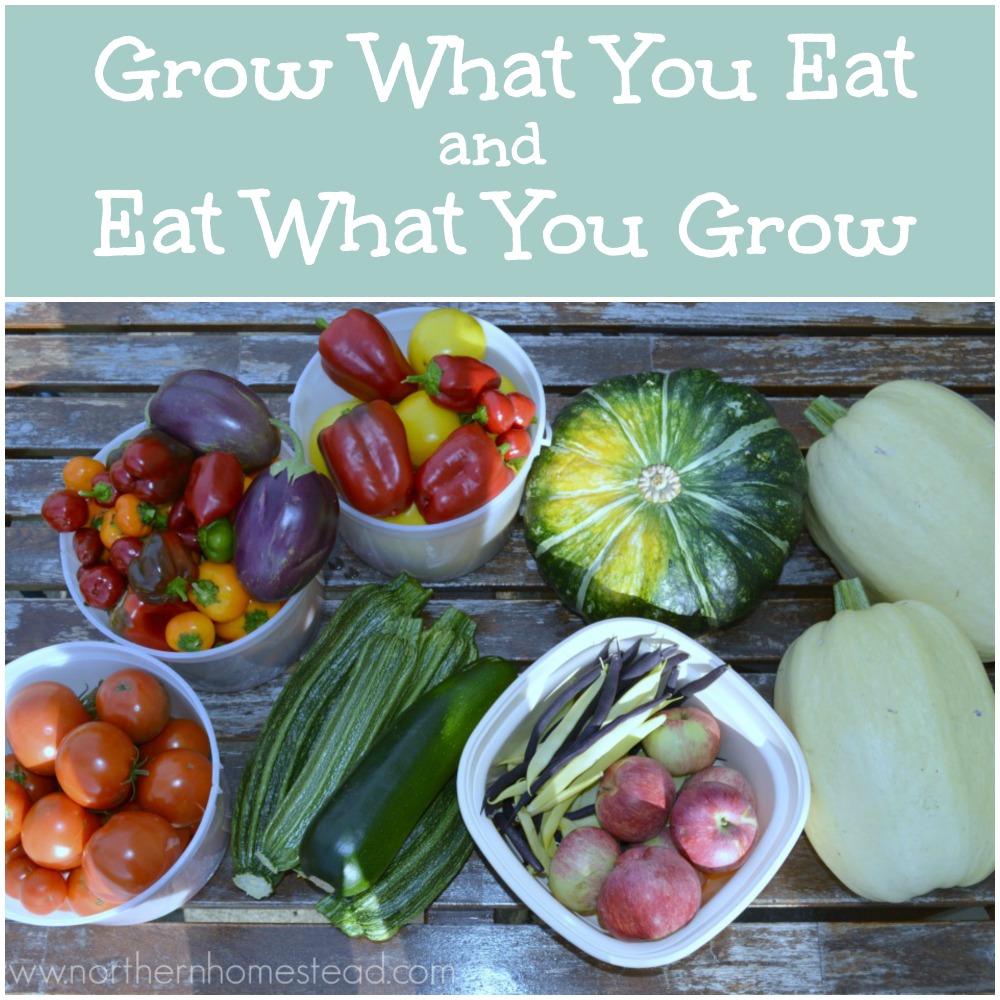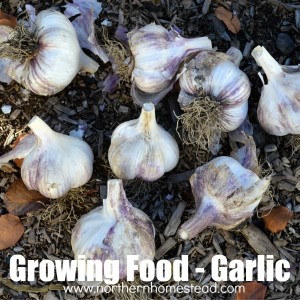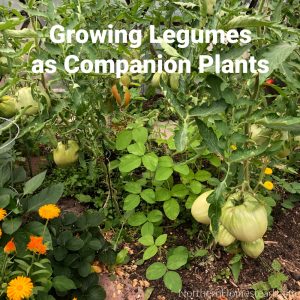
Gardening is a craft that brings a lot of joy, fun, and fulfillment. It inspires our natural desire to create and provide for ourselves. You can grow what you eat and eat what you grow. If you put some thought into it, it can replace a big portion of your grocery shopping list. Wow! Do you want to grow what you eat and eat what you grow? I bet you do! Let’s get started.
Find out what you eat
It is fun to grow things that look so interesting in a catalog. But then what? Is anyone with me? You grow lots of ornamental kale and do not know what to do with it. Well, thankfully, it looked good and was fun to grow.
Find some of your family’s favorite recipes and write down everything you need to make those yummy meals; make a list.

For example, for the Cabbage Borscht Soup we would need the following vegetables:
Onions
Carrots
Beet
Garlic
Dry beans
Potatoes
Cabbage
Tomatos
Dill

Now, mark everything you can grow in your area on your list. In this example, we can grow all the vegetables. We usually buy dry beans mainly because we do not have room to grow them. Dill and other herbs are also easily grown and preserved.
This example can work with any recipe you love. There is no need to grow things you don’t eat. However, there might be a need to find new favorite recipes.
Adjust your eating habits if needed

Your ingredient list in any given recipe will be different, and this is okay; we are all unique. However, in order to eat what you grow, you may need to review your favorite recipe list.
If you favorite family meals contain mostly foods that can’t be grown in your area, you will not be able to grow what you eat.
In past generations, recipes did not include foods that had to be shipped from overseas or processed, so growing what they ate was simple. Today, things are different. Chances are that because everything is available everywhere, your family learned to like foods that can’t be grown locally or at all.
Some rethinking might be needed. As you know, there aren’t any seeds for donuts and chips ;).
Well, you get the idea. It sure is okay, and maybe even necessary to have some foods on the shopping list that you can’t grow. We have them, too. But strive to have more and more foods you can grow, and avoid processed foods altogether. We will talk more about it below.
Grow what you eat
When you go to a seed catalog with your shopping list, you will no longer look for what looks like fun to grow but look for what you want to eat. If you are new to gardening, you might want to start with just a few things that are easy to grow, and that you often use in your meals. For example, salad greens, potatoes, and tomatoes would be a great way to start.

It doesn’t matter what you start with; what truly matters is learning to grow the food you eat. Most plant varieties are relatively easy to cultivate. There is plenty of information available online, as well as in good gardening books about plant-based foods. Furthermore, gardening is similar to riding a bike—you can’t learn how to do it just by reading; you need to practice it.
Go out and do it! It is okay to fail, it is not okay not to try!
We started growing food without owning a speck of land, and even now, our yard is not big by any means, but we have grown a lot of food here.
Eat what you grow
It may take some time and practice to fully appreciate the abundance of summer produce and to learn how to store it for winter use. Garden vegetables don’t grow and ripen according to our meal plans; they mature whenever the conditions are optimal.

Learn to make meals from those garden-fresh products. The no-plan meal planning method for gardeners can be helpful. Also, learning to cook freestyle is the best way to use fresh garden produce.

If you are looking for inspiration, The Creative Kitchen by Stephanie Hafferty is a great book, it includes seasonal plant-based recipes for meals, drinks, garden, and self-care.
I appreciate the seasonal approach to meal preparation, and I admire that Stephanie Hafferty is not only a cook but also a gardener. Her recipes transition seamlessly from garden to kitchen. Staying true to the concept of a seasonal cookbook, she includes variations for her recipes.
Preserve what you eat

Once you’ve harvested your delicious produce, it’s important to learn how to preserve it for the winter months. Store items such as potatoes, onions, garlic, and squash in a cool, dark place. You can also dry beans, hot peppers, herbs, and various vegetables. Additionally, consider freezing, pickling, or canning your summer harvest for later use. For more detailed information on preservation methods, check out the resources available on our blog.

Preserving what we grow allows us to eat what we grow year-round. With this summer vegetable curry recipe, we want to demonstrate how ‘growing what you eat and eating what you grow’ can work year-round.

Canned goodies are also an easy way to eat what we grew in the summer months during the winter. Here is a blog article about incorporating home canning into our meals.
Save money by growing what you eat
Maybe you think growing what you eat and eating what you grow is a steep learning curve. Why bother? Isn’t everything available in-store, washed, and even ready-made? That’s a good question.
More often than not, the food we buy is grown in a way we would never approve of, sprayed with fungicides, pesticides, and herbicides, and delivered from many miles away. If it is ready-made, it probably is highly processed with additives that can make you sick.
I’m also often shocked to see how much mass food production reminds me of slavery. Often underpaid and in a less-than-optimal environment, people work hard to get food to the grocery store. I would not want to work that way; growing our own food is so much better. Sure, we can’t grow everything, but we can grow a lot. And we get fresh, organic produce for our family that is much better than money can buy.

“Growing your own food is like printing your own money!” (Ron Finley).
Homegrown food is essentially free, healthier, fresher, and tastes better. We are well off if we plant a garden and eat from it.
And remember, for centuries, people have done just that, living from the garden to the table.
We invite you to subscribe to Northern Homestead and follow us on Instagram, Facebook, or Pinterest for the latest updates.













Awesome post, Anna!. Very well said. You are so correct that God cares about what we eat and gave us the instructions to do it. My dad always planted a large garden for fresh, unprocessed, good tasting foods all year round. But today, things are ready-made and easy and so not good for us. Thanks for the reminder and I truly like your tip about the shopping list!
Thank you Zan! You just wait when your precious little ones get older, you will have a garden too. For now, you are needed in the house.
My dad and mom always had a large garden, chickens and cows when I was growing up and just about everything we ate came from the garden. They are in their 80’s now and still continue to plant a large garden. I do believe it’s why they are still so active and healthy.
I’m planning a garden (smaller scale than theirs but larger than my normal little one) and am seriously thinking about getting some chickens in order to have fresh eggs. I’m clueless and have been asking a friend about it. I need to search your website and see if you have any posts for dummies. 🙂
Everything here is for dummies like me, lol. Like you, we both grew up on a homestead, and I find it helps a lot just to go for it. If our parents did it, we can too. We started with chickens last summer, we learned as we go, and love it! I am surprised how little work they are, and how fun, too.
The from garden to table concept is very attractive! It is why we do grow a few things each year. We certainly don’t garden on the scale that you do by any means. You can’t beat a good meal with food fresh from the garden. My hubby and I have been discussing expanding our food gardening a bit this year, we shall see how that goes. It is all good until those triple digits hit, then we like to retreat indoors and avoid the heat.
I’m an avid flower gardener for many years because of the true beauty and joy they bring. My flower garden is much larger and more beautiful in my mind than in reality and so it gets a lot of my outdoor attention.
I totally get the avoiding the heat. It hardly ever is hot hear, but if it is, I am done. I thing a winter, early spring vegetable garden would be great for you (Start planting today, at the latest ;)). I can only imagine the beauty of your flower garden!
Great post… before we started really producing food, we were the experimental types : Funky, colorful, unique produce made it fun, but very little was good for preservation and such. Plus, everything was ready at once. So we would end up giving away half what we produced because we couldn’t eat it all. With the years, we’ve grown from casual gardeners to food growers and although we always have a few plants of fun unique varieties, it’s all about what we eat and what we can conserve for later. 🙂
It really is a learning process, but so worth it!
I am SO proud of myself, this is exactly what I’ve been doing! Charting the things we eat regularly and planning their planting! I am planting a few things we don’t eat regularly, just to test them, but I will give them to folks who will eat them if we don’t!
Good for you Kristen, happy gardening!
Great article! You’re right, I often feel like the learning curve is very steep and I don’t have time to learn. But you’ve given me some real food for thought (pun intended :-))
Thank you Jennifer, glad I could help.
Just ordered a small, portable greenhouse I can put in my house, hopefully I can grow some green leafy vegetables during the winter, and will be using it to start my plants for spring planting. We have had so much snow and cold weather, I will probably be using it year round.
Thank you for all your good gardening advice.
Oh you are welcome Marion. The portable greenhouse sounds like a very useful addition to your garden. Gardening in the cold is challenging, but what we grow taste good, it is our reword, right 😉
This is my plan. I want to replace or at least cut in half our grocery list. I know it may take some years and, like you said, steep learning but it is a worthy goal.
It is worth it. Even if it is a long way before I can replace the grocery store altogether, but it is good to be on the way there.
Great advice! I tend to grow lettuce every year and even though we eat tons of iceberg, I can’t get the kids to eat the other types so they end up going to the chickens. Sad, but at least someone eats it!
Thanks for linking up with Green Thumb Thursday! We hope to see you again this week!
~Lisa
A LOT of wisdom here. When I first started growing I tried a number of different things that my family weren’t used to and I felt like things were going to waste. Now I have a really good idea of what we eat a lot of, etc. I’ll grow one or two plants of something new just to stretch it 😉
Thank you for sharing on the Homestead Blog Hop. I hope we see you again tomorrow.
Pinned! 🙂
Thank you Kelly! To grow what we eat is an ongoing project, but so rewording.
Hi,
Nice reading how people want to grow their food instead of buying.
Today I mad zucchini vegetable burgers with made buns and homemade pickle. I enjoy the chemical free f00d.
It was very tasty. While eating, I thought of you. We all are looking forward to growing season.
Love
Almas Nathoooo
Oh, thank you Almas, for your loving thoughts. Your meal sounds delicious, you are doing a great job growing and preparing your own food.